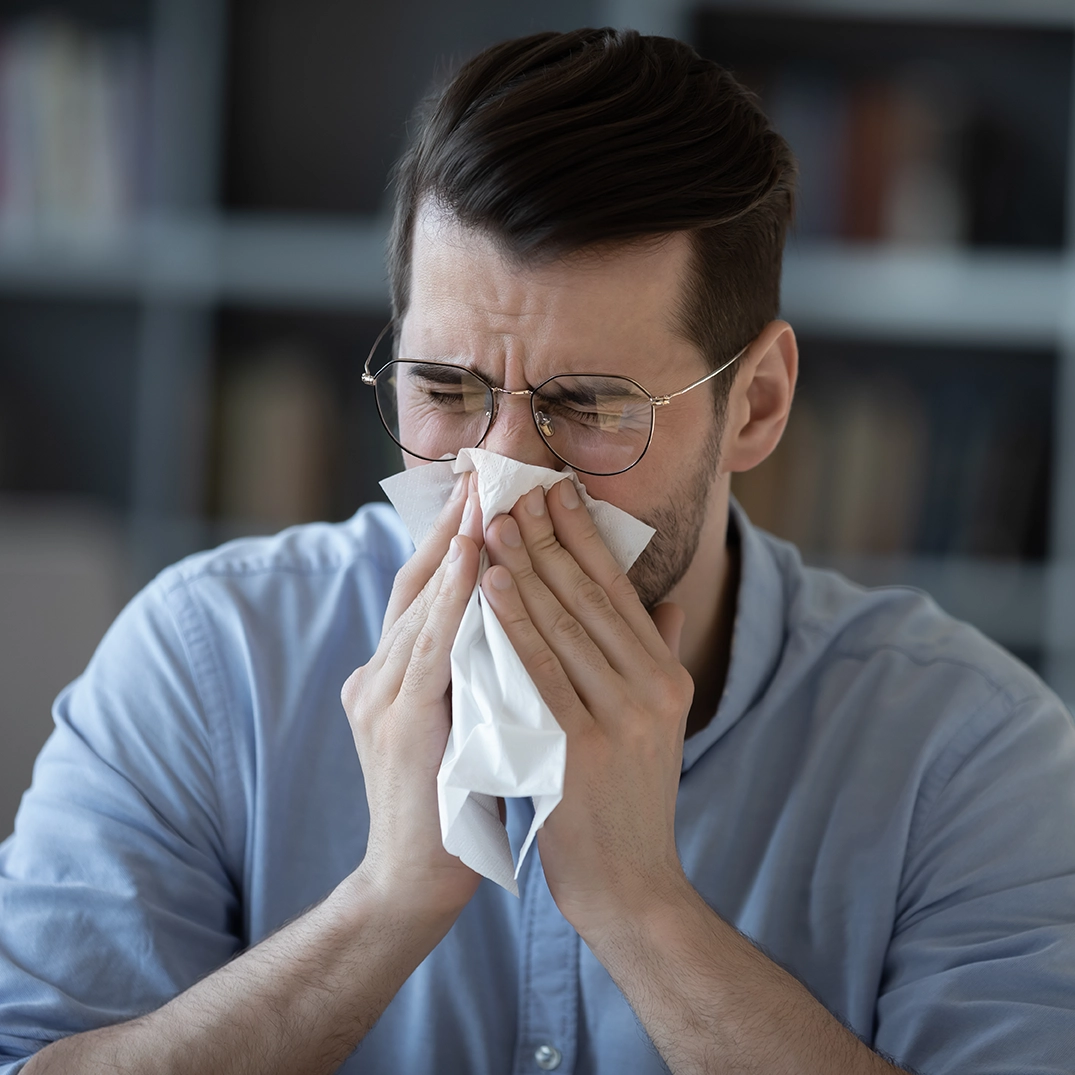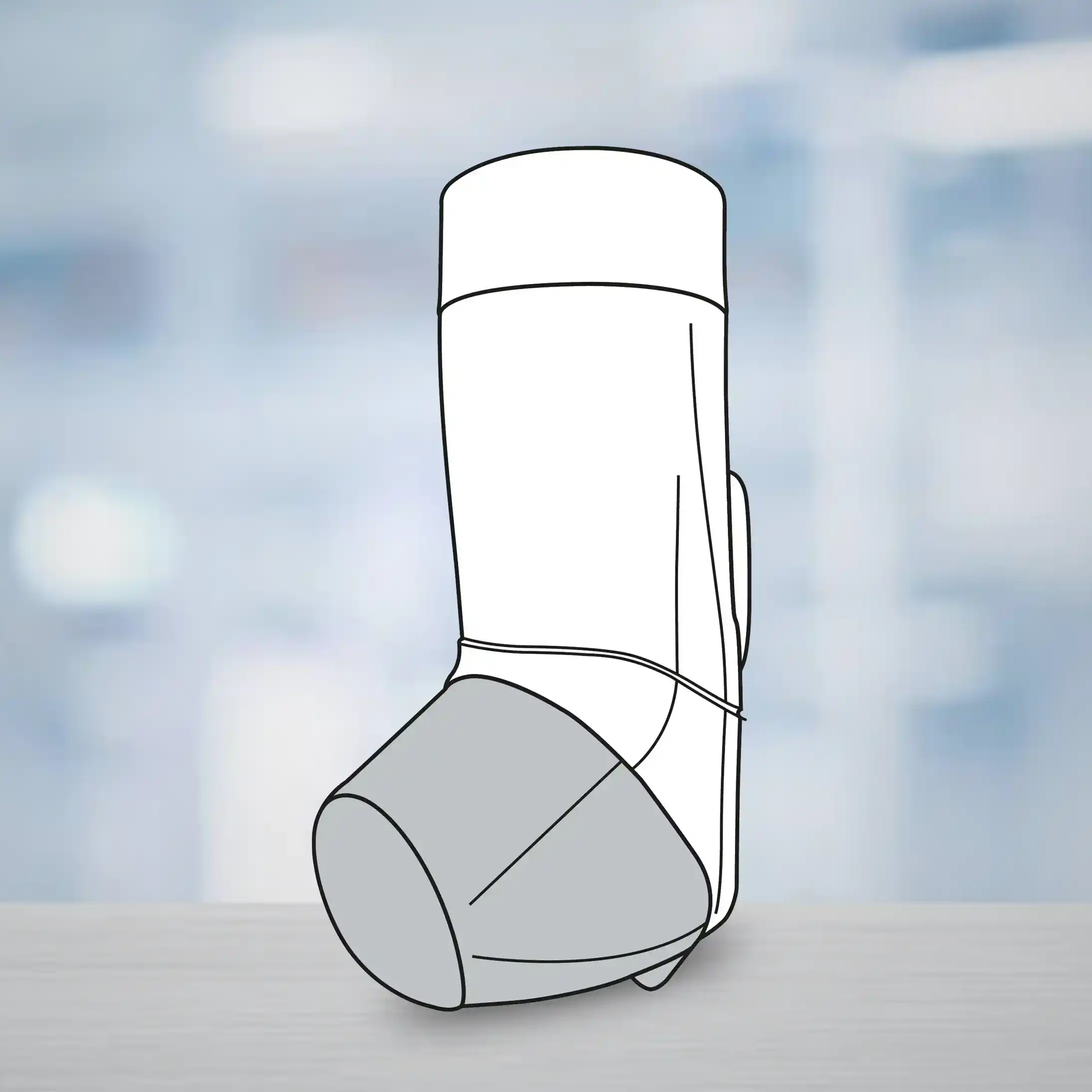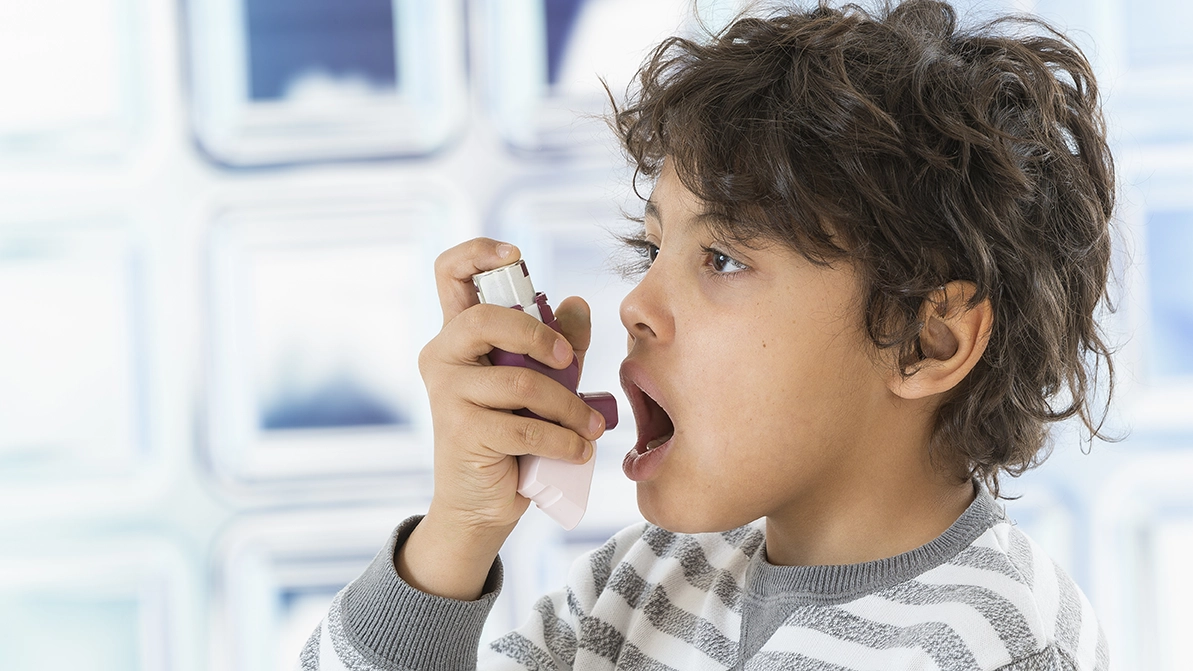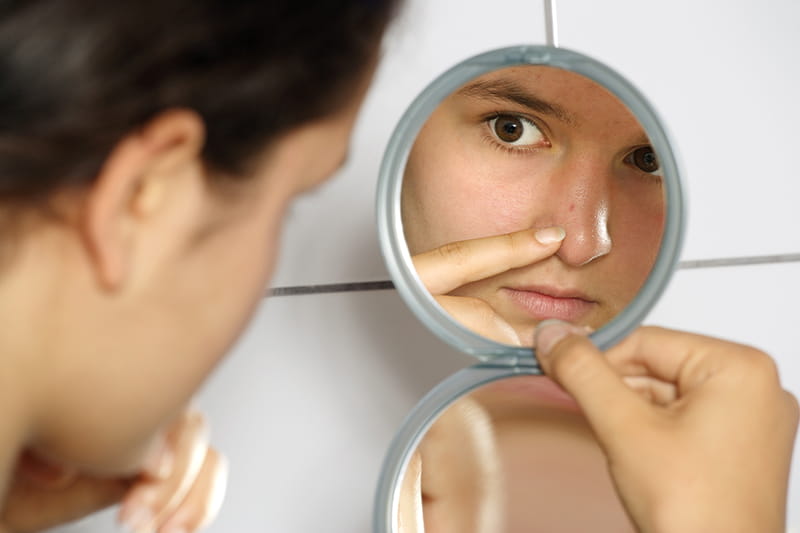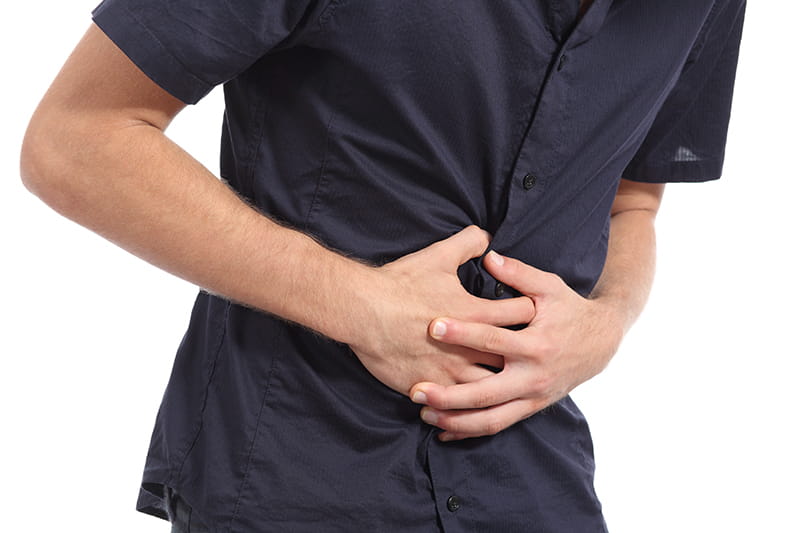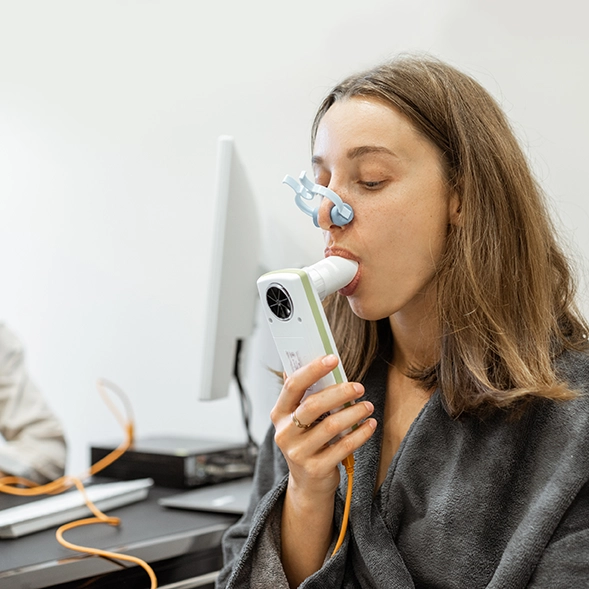Introduction
The application of fractional lasers for the treatment of androgenetic alopecia (AGA) has gained wide attention recently, due the efficacy of laser therapy in stimulating hair growth via the stimulation of cytokines by wound healing. Fractional lasers also create an array of microscopic channels across the skin surface that can enhance penetration of topical medication.
Aim
To compare the efficacy and safety of fractional Er:Glass laser used in combination with topical 5% minoxidil versus 5% minoxidil alone for the treatment of male AGA
Patient Profile
- Men with a diagnosis of AGA class III–VI, according to the Norwood–Hamilton scale; age > 18 years; and ability to follow the study protocol
Methods
- Randomized, evaluator-blinded, split-scalp, prospective controlled clinical trial
- Each side of the scalp (left or right) was randomly selected for the combination and monotherapy for each participant
- Intervention
- Combination therapy: Fractional Er:Glass laser with the 5% minoxidil solution
- Monotherapy: 5% minoxidil solution
- Fractional Er:Glass laser: The therapy was applied to one half of the scalp (combination therapy side) at 2-week intervals for a total 12 sessions
- One milliliter of topical 5% minoxidil solution was applied to both the combination and monotherapy sides, twice daily
- Study Duration: 24 weeks
Endpoints
- The primary outcome was the difference in hair density and diameter, from baseline, between two treatment sides, at week 24
- The secondary outcome was a global photographic assessment, evaluated by two dermatologists and the participants
- Photographs obtained of each side of the scalp at baseline and at the end of the 24-week treatment period were evaluated using a 7-point global assessment scale, as follows: − 3, significant deterioration; − 2, moderate deterioration; − 1, slight deterioration; 0, no change; + 1, slight improvement; 2, moderate improvement; and 3, significant improvement
Results
- Twenty-nine participants completed the 24-week study period
Primary Endpoints Results
- A significant improvement in hair density and diameter, from baseline, for both the combination and monotherapy
|
|
Combination Therapy |
Monotherapy | ||||
|
|
Baseline |
Week 24 |
P |
Baseline |
Week 24 |
P |
|
Hair Density (hair/cm2) |
96.58+ 16.52 |
147.12+ 18.19 |
P=0.001 |
97.25 ± 15.91 |
133.77 ± 19.42 |
p = 0.001 |
|
Hair Diameter ?m |
50.93 ± 13.59 |
67.28 ± 15.63 ?m |
P = 0.001 |
51.16 ± 14.53 |
65.32 ± 16.42 ?m |
p = 0.002 |
- Change in hair density from baseline was significantly higher for the combination than monotherapy at treatment weeks 16 (p = 0.042), 20 (p = 0.001), and 24 (p = 0.004)
- Change in hair diameter from baseline was significantly higher for the combination than monotherapy at treatment week 20 (p = 0.032) and 24 (p = 0.034)
Secondary Endpoint Results
- The global photographic assessment scores between the two dermatologists (Cohen’s kappa = 0.65) showed a significant superiority of combination therapy, over monotherapy, in promoting hair growth at week 24 (p = 0.04)
- At week 24, participants reported superior hair growth on the side treated using the combination therapy, compared to the monotherapy (p = 0.03)
- Combination therapy provided significantly superior results for both the primary and secondary outcomes (all p < 0.05)
Safety
- No serious adverse events were identified for either treatment
- Adverse events that developed with the combination therapy included tolerable pain and sensation warmth, with these symptoms occurring during the laser treatment period in nine patients, with symptoms resolving spontaneously within a few hours
- All adverse events were rated as being mild in terms of severity, and resolved spontaneously
Conclusion
- The study demonstrated that combination therapy, using a fractional Er:Glass laser and 5% minoxidil, over 5% minoxidil alone, for the treatment of male AGA provided significantly superior results for both the primary and secondary outcomes with no serious adverse effects of treatment identified
- Laser-induced photothermolysis and the formation of effective routes for transdermal drug delivery are possible mechanisms
- Combination therapy, consisting of fractional Er:Glass laser and topical minoxidil, is a promising treatment option for AGA
Reference
Lasers in Medical Science; 2019; 34:1857-1864

.svg?iar=0&updated=20230109065058&hash=B8F025B8AA9A24E727DBB30EAED272C8)


